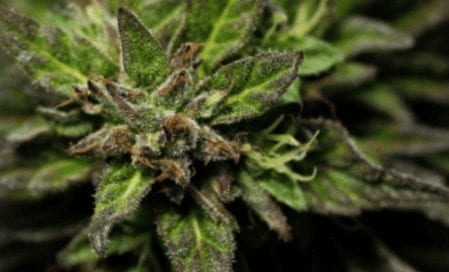
Our environment is as delicate as our economy. The main difference is without the environment there will be no economy. Cannabis in general can help to repair both of these delicate aspects of life. We just have to change our ways.
There are a variety of different ways to grow cannabis. Breeders and growers who are masters at their craft, can help to set trends for the future when it comes to conserving resources through cannabis cultivation. These conservation techniques could be applied to modern agriculture.
With legalization looming in America, so is the opportunity to grow responsibly. We now have the opportunity to change cultivation techniques to better conserve our precious resources such as water. Cannabis legalization will result in cannabis farmers having to abide by the same rules and regulations as other farmers that are monitored by the EPA such as those farmers who grow lettuce, almonds, and alfalfa.
If we work together to find solutions to our agricultural adversaries, we can achieve a greener, cleaner tomorrow instead of relying on the use of dangerous fertilizers and pesticides.
Those who grow cannabis have learned to do so in a very crafty and proficient manner. They have learned to avoid detection by utilizing methods that reduce water and power consumption. This has allowed for canna-grow ops both indoors and outdoors alike to evolve over the decades. Now they can start to share this knowledge so that it can be utilized by the masses. Not having to hide their operations allows those in the industry to practice methods of conservation, like using year-round rainwater collection systems.
Progressive thinking can lead to all sorts of new ways of doing things, especially during a time in which our planet is suffering so much devastation. Water is running out, food as we know it will change, according to an article featured in TIME Magazine. By 2050, we will be in desperate need of new methods to conserve resources.. You can read the entire article titled “Impending Crisis- Earth to Run Out of Food by 2050” at Newsfeed.Time.com.
 Thanks to the legalization efforts of cannabis activists, the 2014 Farm Bill (which can be viewed at Agriculture.Senate.gov), allows hemp — a cousin of Mary Jane — to once again be grown on an industrial level. Though it is a form of cannabis, you can’t catch a buzz on it. According to the North American Industrial Hemp Council, industrial hemp has a THC content of between 0.05 and one percent. You could smoke a garbage bag full of it and only get a headache.
Thanks to the legalization efforts of cannabis activists, the 2014 Farm Bill (which can be viewed at Agriculture.Senate.gov), allows hemp — a cousin of Mary Jane — to once again be grown on an industrial level. Though it is a form of cannabis, you can’t catch a buzz on it. According to the North American Industrial Hemp Council, industrial hemp has a THC content of between 0.05 and one percent. You could smoke a garbage bag full of it and only get a headache.
Hemp is also a superfood, according to Natural News, “a scientifically-based natural health advocacy organization led by activist-turned-scientist Mike Adams, the Health Ranger!” Hemp seeds are one of the best sources of omegas on the planet. Hemp is one of the few plants that leaves the soil in better condition after it’s harvested. For this reason it is used in a process known as phytoremediation. Phytoremediation is defined as “the treatment of environmental problems (bioremediation) through the use of plants that mitigate the
environmental problem without the need to excavate the contaminant material and dispose of it elsewhere” as found by Natural News. Farmers can also plant another crop directly after harvesting hemp, which isn’t possible with many crops.
Our environment is as delicate as our economy. The main difference is without the environment there will be no economy. Cannabis in general can help to repair both of these delicate aspects of life. We just have to change our ways.
Through the remarkable characteristics of the cannabis plant, we can achieve many things. We could break our dependency on nonrenewable resources, end deforestation, and clothe and feed the nation — all of this while fixing the environment and the economy at the same time.
There’s more to cannabis than just smoking it. We can all support a positive change for the world in many ways. Get involved and learn more today.
Check out NORML.org and the NHA at NationalHempAssociation.com to elevate your knowledge on the truth and facts about
cannabis.



Leave a Reply